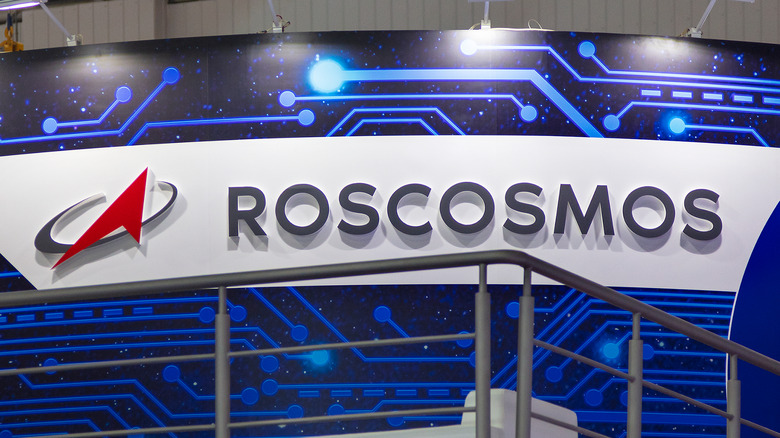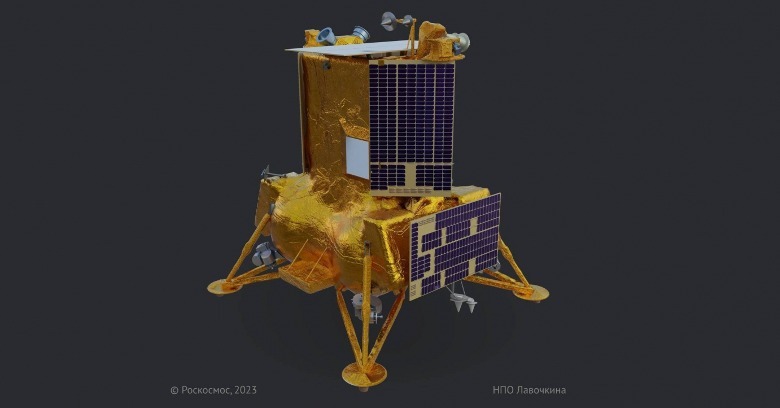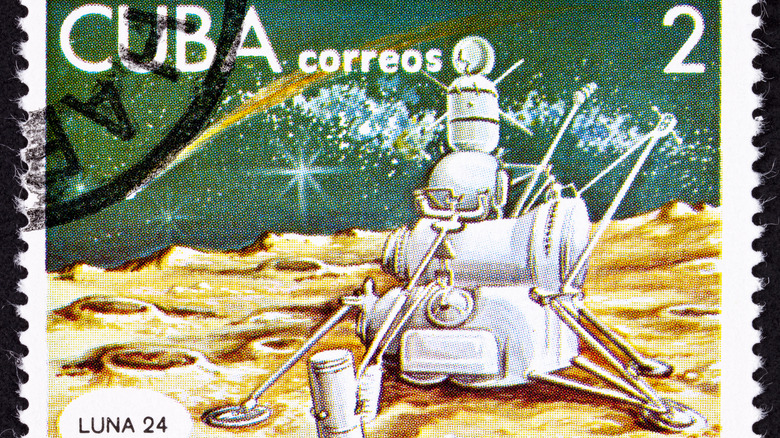Russia's Luna-25 Moon Mission Ends With Crash Landing
The Luna-25 probe, carrying the hopes of Russia's first moon mission in nearly five decades, has ended in disaster following a crash. The spacecraft deviated from its expected course and, as a result, "ceased to exist" after smacking into the lunar surface, says a statement by the Russian space agency Roscosmos on Telegram. Officials say more details about the failed mission will be shared after an inter-department investigation.
Issues started soon after a pre-orbit command was relayed to the Luna-25 probe on August 19, leading to an emergency scenario that prevented the spacecraft from executing a pre-planned maneuver. The probe was scheduled for a soft landing in the moon's south polar region on August 21. Communication with the probe was lost at around 8 a.m. Eastern time on August 19, and all subsequent efforts to re-establish contact proved futile.
The failure underscores Russia's current laggardness in the space race, despite leading space exploration during the Soviet Union era. Sputnik 1 was the first artificial satellite to be injected into Earth's orbit back in 1957. In 1961, the Soviet Union put the first man into space, with the honor going to Yuri Gagarin. Two years later, Soviet cosmonaut Valentina Vladimirovna Tereshkova became the first woman to venture into space. The nation's last lunar mission was the Luna-24, which landed on the moon back in 1976, returning with 6 ounces of regolith to the Earth.
What next for Russia?
The mission's unfortunate end is a massive setback for Russia, which now faces almost unassailable competition not only from the likes of NASA, China's CNSA, and Japan's JAXA, but also from private players looking to explore the moon for commercial as well as government-backed missions. However, Luna-25 isn't the end of Russia's space ambitions, as multiple subsequent missions are planned in the years to come.
The Russian space agency was working in partnership with the European Space Agency on the Luna-27 mission to explore the south-polar region of the moon and retrieve surface samples. However, the ESA cut ties with Roscosmos and ended its participation in the planned lunar missions in April 2022 due to Russia's invasion of Ukraine. In late 2021, Roscosmos also joined hands with the China National Space Administration for lunar exploration missions in the future, which include "moon-based observation" and "long-term unmanned operation with the prospect of subsequent human presence." But so far, the partnership hasn't yielded any major success for Russia.
Meanwhile, China's Chang'e 5 probe returned to Earth with lunar samples three years ago, and plans are already underway to test 3D printing to build an operation base on the moon, as well as to put a man on the lunar surface by 2030. All eyes are now fixed on India's Chandrayaan-3 mission, which is already in lunar orbit and it is expected to make a soft landing on the moon on August 23.


